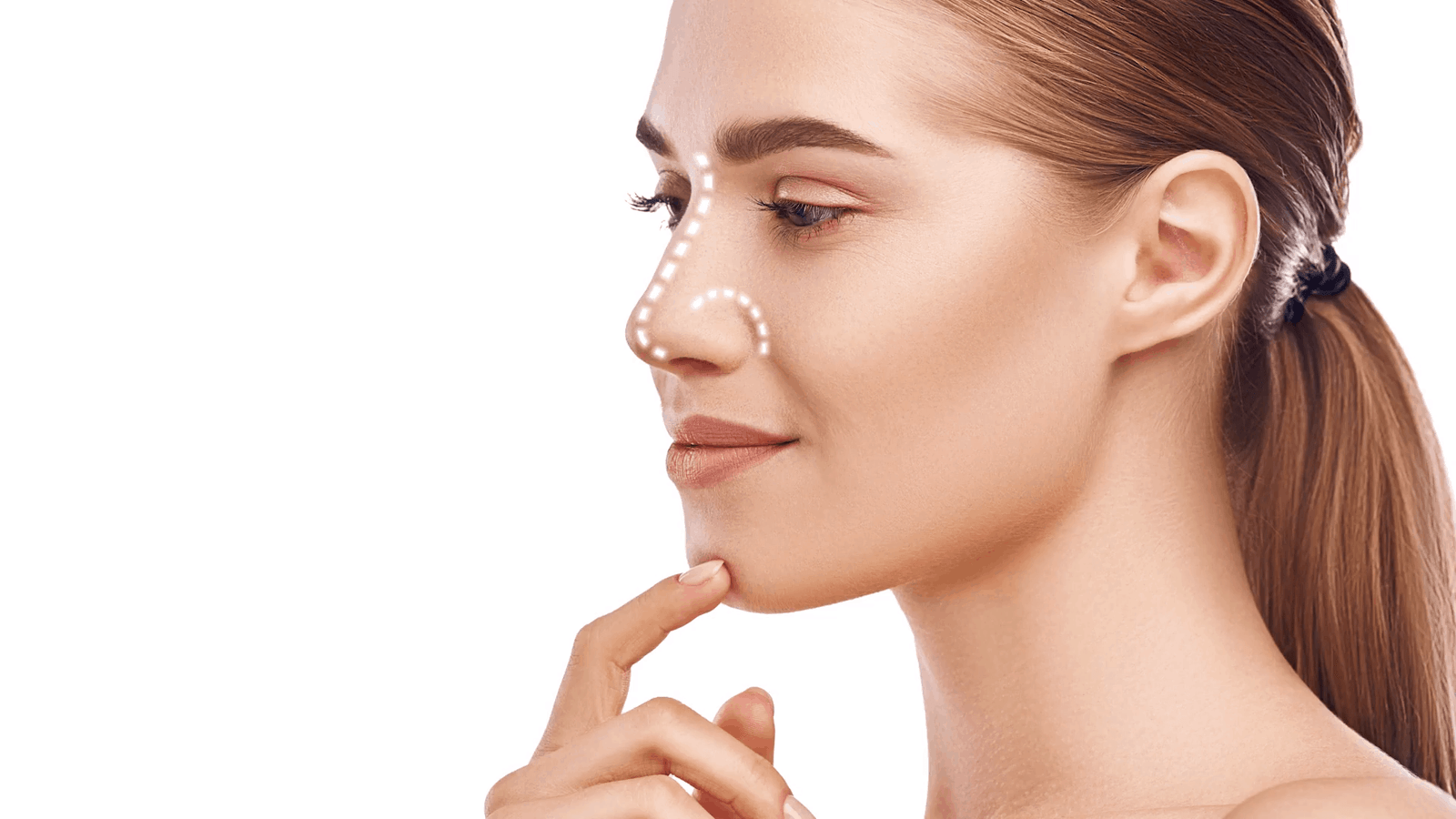
Rhinoplasty?
What is Rhinoplasty?
Rhinoplasty, commonly known as a nose job, is a surgical procedure designed to reshape or resize the nose, correct structural deformities, and resolve breathing issues. While often performed for aesthetic reasons, rhinoplasty can also address congenital deformities, trauma-induced irregularities, or structural issues that impede proper breathing.
When is Rhinoplasty Performed?
- Desire to Change Nose Shape: For reducing or increasing nose size, straightening a nasal hump, or reshaping the nasal tip.
- Breathing Problems: To correct structural abnormalities like a deviated septum causing nasal obstruction.
- Post-Trauma Deformities: To fix distortions or collapses resulting from accidents or injuries.
- Congenital Deformities: To correct irregularities developed during nasal growth.
Types of Rhinoplasty
- Open Rhinoplasty: Involves an incision on the columella (the tissue between the nostrils). This approach offers better visibility for the surgeon and is preferred for complex cases.
- Closed Rhinoplasty: Incisions are made inside the nostrils, leaving no visible scars. It’s used for simpler corrections and typically has a shorter recovery period.
How is Rhinoplasty Performed?
- Preparation: The patient’s nasal structure, skin type, and expectations are evaluated in detail. The most suitable surgical approach is determined.
- Anesthesia: The procedure is usually performed under general anesthesia to ensure the patient remains comfortable.
- Nose Reshaping: The bones and cartilage are reshaped or adjusted. Excess tissues may be removed, and the nasal bridge or tip is sculpted as needed.
- Closure: Incisions are stitched, and a nasal splint or tape is applied to support the new shape.
Post-Surgery Recovery
Recovery time after rhinoplasty varies, but it generally takes several weeks.
- Swelling, bruising, and mild discomfort are common in the first week.
- The nasal splint is typically removed 7–10 days after surgery.
- Initial results are visible within a few months, but the nose’s final shape might take 6–12 months to fully stabilize.
Benefits of Rhinoplasty
- Enhanced Aesthetic Harmony: A well-proportioned nose can balance facial features and improve overall aesthetics.
- Improved Breathing: Correcting structural issues ensures easier and healthier breathing.
- Increased Confidence: Achieving a desired nose shape can boost self-esteem and confidence.
Risks of Rhinoplasty
As with any surgery, rhinoplasty involves certain risks, such as:
- Infection
- Persistent swelling
- Bleeding
- Numbness
- Dissatisfaction with results
Selecting an experienced surgeon and adhering to post-operative care instructions can significantly minimize these risks.
Who is a Suitable Candidate for Rhinoplasty?
Rhinoplasty is typically suitable for individuals who have completed their nasal growth:
- Women: Age 16–17 and above
- Men: Age 17–18 and above
Ideal candidates should also be in good overall health and have realistic expectations about the surgery’s outcomes.
Learn More About Rhinoplasty
If you’re considering rhinoplasty and want detailed information or personalized advice, consult our specialists to explore your options and address any questions you may have.
